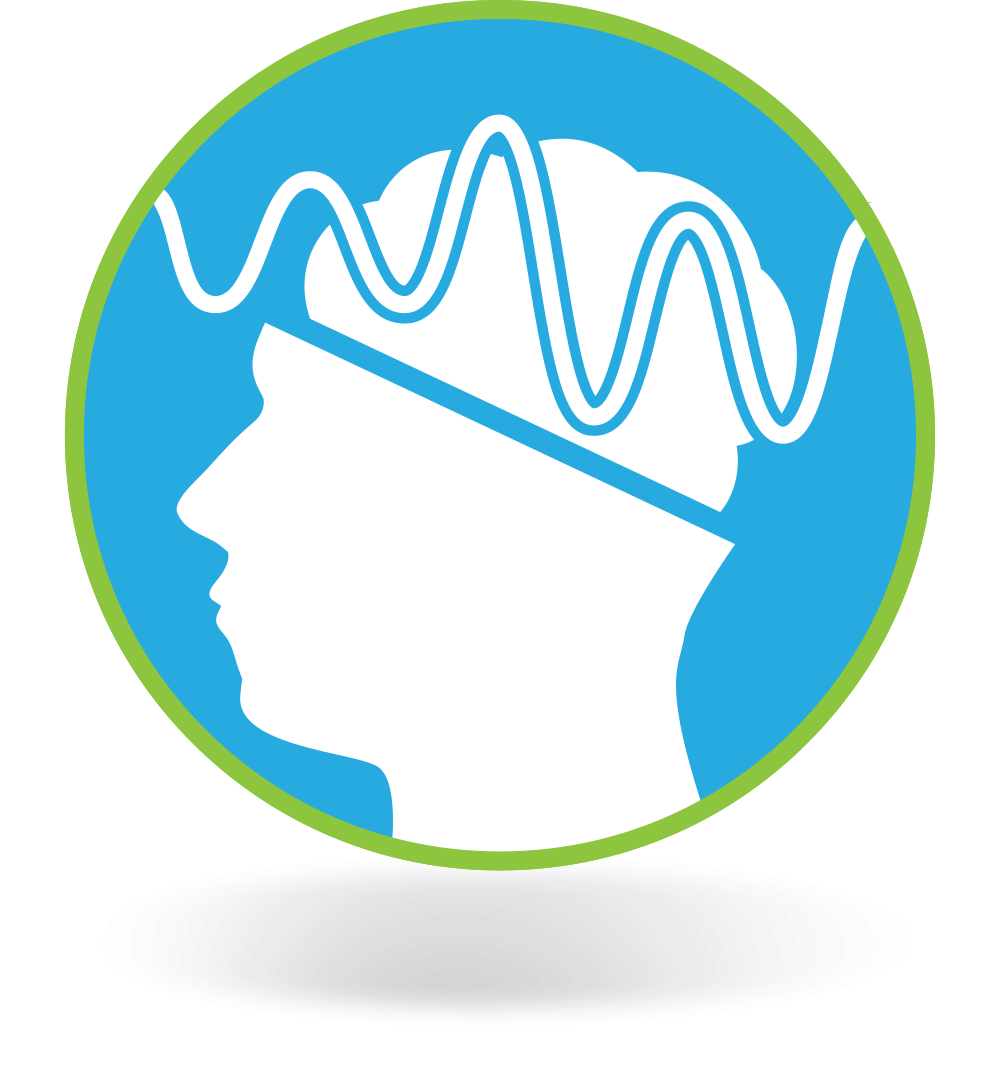The National Health Federation
http://www.thenhf.com/articles/articles_1120/articles_1120.htm
Anesthesiologist Warns of Fatal Dangers Of Going Under
What EVERY Patient Should Know Before Surgery
By Dr. Barry Friedberg
April 22, 2010
“A lot of people wake up from surgery not quite the same person they were before they went under because of the overuse of anesthetic drugs,” said Dr. Friedberg, a board certified anesthesiologist who has been quoted in numerous medical journals and anesthesia textbooks . He has formed a not-for-profit foundation, called the Goldilocks Anesthesia Foundation, (www.goldilocksanesthesiafoundation.org) specifically to ask patients to request their anesthesiologists use a brain monitor during surgery. “When we watch a TV show like House or walk through a hospital, we just see a bunch of equipment and monitors, so most people figure that something as logical as a brain monitor would be in use when doctors use general anesthesia. But they aren’t in widespread use at all, and many patients don’t realize they can ask their anesthesiologist to use one. And they should if they want to stay alive and healthy.”
According to the U.S. Department of Health and Human Services, an estimated 53.3 million surgical and nonsurgical procedures are performed during 34.7 million ambulatory surgery visits each year.
“That’s a lot of surgery, and a lot of people being put under general anesthesia without knowing all the risks,” Dr. Friedberg said. “Without a brain monitor, anesthesiology is not an exact science. So most doctors figure it is better to give the patient more than they need in order to make sure they don’t wake up during the operation. Of course, no one in the healthcare food chain is opposed to using more drugs, as that is a large part of the revenue stream. With a brain monitor, each patient becomes an open book test instead of a mystery to be solved. Doctors would be able to use a more exact dosage, use less drugs and be safer. Instead of using too little or too much, they’d use a dosage that is just right, hence my reference to Goldilocks with my foundation.”
The risks of being over-anesthetized are many, including long term dementia, memory loss and even death, according to Dr. Friedberg. He added that not enough research has truly been done on anesthesia overdosing, because without widespread use of brain monitors during surgery, there is no way to really pinpoint whether anesthesia is statistically a culprit. That’s why Dr. Friedberg urges all patients to ask if their anesthesiologist uses a brain monitor at the time the surgery is scheduled, and to ask for a different anesthesiologist if the one assigned to them doesn’t use one.
Dr. Friedberg‘s message seems simple and prudent enough, but it has not been adopted by his profession, nor by the healthcare industry, because the major players don’t make much money from its use.
“Some hospitals don’t even have billing codes for the use of a brain monitor, and the pharmaceutical companies sponsoring all the junkets for doctors aren’t fond of them, because they invariably result in the use of lower dosages of the drugs they sell,” Dr. Friedberg added. “I don’t make any money from trying to spread this message. I don’t have a secret deal with the monitor manufacturers and I don’t have an axe to grind with the drug companies. In fact, my crusade has cost me professional relationships as well as money out of my own pocket to promote it. I am just tired of the primary task of my profession being not to kill patients. Instead, we should focus on caring for the patients, and understanding the long term risks of overmedicating patients while in surgery. We should be using every tool available to keep them healthy and reduce unnecessary risks through the entire treatment process.”
About Dr. Barry Friedberg
A native of southeastern Pennsylvania, Barry L. Friedberg, MD, came to Palo Alto, California in 1975 to complete his formal education with an anesthesia residency at Stanford University with department chief C. Philip Larson, Jr, MD. Following the successful completion of his residency and the requirements of the American Board of Anesthesiology, Dr. Friedberg became a Board Certified (or Diplomate) Anesthesiologist in April 1980. He has also lectured on safer, simpler, cost-effective and better patient outcomes to anesthesiologists and surgeons in the United States, Canada, Mexico, the Dominican Republic, Israel and Venezuela.
